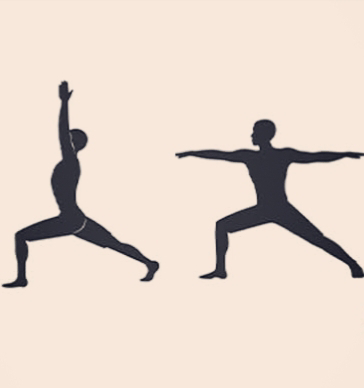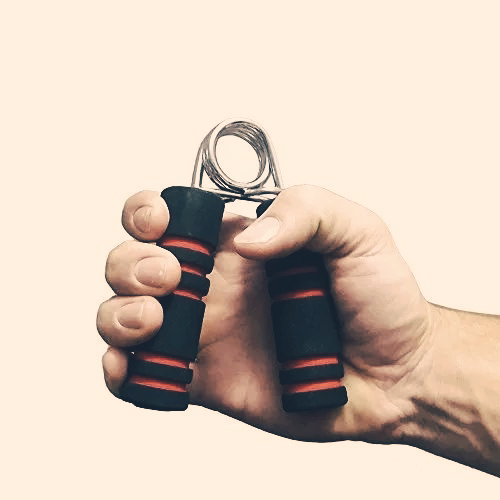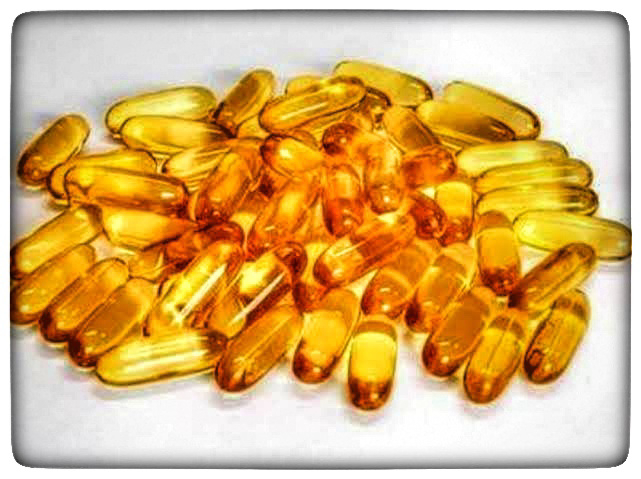Followers
Sunday, December 31, 2023
"Walking into Wellness: Embrace the Day with Your Morning Stride"
Friday, December 29, 2023
How to grow chest size in a week
To grow your chest effectively, focus on compound exercises like bench presses, incline presses, and chest dips. Ensure proper form, gradually increase weights, and incorporate variations in your routine. Include isolation exercises such as flyes and push-ups, and prioritize a balanced diet with sufficient protein intake. Consistency, progressive overload, and adequate rest are key components for optimal chest muscle growth. Additionally, consider consulting with a fitness professional for a personalized plan tailored to your goals and body type.
1. **Bench Press:** A fundamental compound exercise, bench press targets the chest, shoulders, and triceps. Perform flat, incline, and decline variations for overall chest development.
2. **Incline Dumbbell Press:** This targets the upper chest, providing a different angle of stress compared to flat bench press.
3. **Chest Dips:** An excellent bodyweight exercise that engages the chest, triceps, and shoulders. Use parallel bars and focus on controlled movements.
4. **Push-Ups:** A versatile exercise that effectively works the chest. Experiment with different hand placements for varied emphasis on chest muscles.
5. **Dumbbell Flyes:** Isolate the chest muscles by performing flyes, focusing on controlled, wide arm movements. This helps stretch and contract the chest.
6. **Cable Crossover:** Utilize cable machines for a continuous tension on the chest muscles. Adjust the pulleys to target different parts of the chest.
7. **Machine Chest Press:** Ideal for beginners or those working with injuries, machine chest press allows controlled movements with less stabilization required.
Remember, proper form is crucial for muscle growth and injury prevention. Incorporate a mix of these exercises into your routine and progressively increase weights for optimal chest development.
"Powerful Pins: A Comprehensive Guide to Maximizing Your Leg Day Workout"
Thursday, December 28, 2023
"Optimal Thyroid: Nourishing Your Health through a Balanced Diet"
Thursday, December 21, 2023
How to strengthen Finger with verious exercises
Tuesday, December 19, 2023
Best forearm exercises in gym 2023
Sunday, December 17, 2023
Libido, Women and workout : Expectations vs. Reality
Thursday, December 14, 2023
How Fish Oil Works At The Time Of Bodybuilding
Monday, December 11, 2023
Spot Reduction Is Just A Myth Or True Let's Discuss About That !
Saturday, December 9, 2023
How To Grow Shoulder Effectively
Friday, December 8, 2023
How to gain lean muscle fast male
Tuesday, December 5, 2023
Best Tricep workout for all heads in Gym
Monday, December 4, 2023
How to grow biceps faster in gym
How to maintain good health in old age
Sunday, December 3, 2023
Push up benefits for women breast
How To Reduce Diabetes
Reducing the risk and managing diabetes involves a comprehensive approach that includes lifestyle modifications, dietary changes, regular exercise, and medical supervision. Diabetes, particularly type 2, is often linked to unhealthy lifestyle choices, genetics, and other factors. Implementing positive changes can help prevent the onset of diabetes or manage the condition effectively.
**1. Balanced Diet:**
A crucial aspect of diabetes management is maintaining a balanced and nutritious diet. Focus on whole foods, including fruits, vegetables, whole grains, and lean proteins. Limit intake of processed foods, sugary beverages, and excessive carbohydrates. Opt for complex carbohydrates with a low glycemic index to help regulate blood sugar levels.
**2. Portion Control:**
Controlling portion sizes is vital in managing diabetes. Eating smaller, more frequent meals throughout the day can prevent blood sugar spikes. Pay attention to hunger and fullness cues, and avoid overeating. Consistency in meal timing can also contribute to stable blood sugar levels.
**3. Healthy Fats:**
Incorporate healthy fats, such as those found in avocados, nuts, and olive oil, into your diet. These fats can help improve insulin sensitivity and regulate blood sugar. However, moderation is key, as fats are calorie-dense.
**4. Regular Exercise:**
Physical activity plays a significant role in diabetes prevention and management. Aim for at least 150 minutes of moderate-intensity aerobic exercise per week, along with strength training exercises. Exercise helps improve insulin sensitivity, lower blood sugar levels, and maintain a healthy weight.
**5. Weight Management:**
Maintaining a healthy weight is crucial for diabetes prevention and management. Even a modest weight loss can have a significant impact on insulin sensitivity. Combining a balanced diet with regular exercise is an effective strategy for achieving and maintaining a healthy weight.
**6. Hydration:**
Adequate hydration is essential for overall health, including diabetes management. Water helps flush out excess sugar from the blood through urine and supports various bodily functions. Choose water as the primary beverage and limit the consumption of sugary drinks.
**7. Regular Monitoring:**
Frequent monitoring of blood sugar levels is essential for individuals with diabetes. This helps track the effectiveness of lifestyle changes and medication, if prescribed. Regular check-ups with healthcare professionals can provide valuable insights into managing the condition.
**8. Stress Management:**
Chronic stress can contribute to elevated blood sugar levels. Incorporate stress-reducing activities into your routine, such as mindfulness meditation, deep breathing exercises, or yoga. Adequate sleep is also crucial for overall well-being and blood sugar regulation.
**9. Limit Alcohol Intake:**
Moderate alcohol consumption may be acceptable for some individuals with diabetes, but excessive intake can lead to fluctuations in blood sugar levels. If you choose to consume alcohol, do so in moderation and be aware of its impact on your body.
**10. Medical Guidance:**
Consulting with healthcare professionals, including a registered dietitian and an endocrinologist, is essential for personalized diabetes management. They can provide tailored advice, prescribe medications if necessary, and monitor your progress over time.
In conclusion, reducing the risk and managing diabetes involves a multifaceted approach that includes adopting a healthy lifestyle, making informed dietary choices, staying physically active, and seeking professional medical guidance. Consistency and commitment to these lifestyle changes can significantly contribute to better diabetes control and overall well-being.
Friday, June 16, 2023
Yoga: A Mind and Body booster
Yoga is a mind and body booster with a 5,000-year history in ancient Indian philosophy. Various styles of yoga combine physical postures, breathing exercises, and meditation or relaxation.
The main components of yoga are:
Physical postures (asanas): Yoga poses are designed to increase strength, flexibility, and balance.
Breathing exercises (pranayama): Yoga breathing exercises help to regulate the breath and promote relaxation.
Meditation or relaxation (dhyana): Yoga meditation helps to focus the mind and promote a state of calmness.
Yoga is a great way to improve your overall health and well-being. It can help to:
Reduce stress
Improve flexibility
Increase strength
Improve balance
Reduce pain
Improve sleep
Boost energy
Improve mood
Reduce anxiety
Improve mental clarity
Increase self-awareness
Promote overall well-being
If you are new to yoga, it is important to start slowly and gradually increase the intensity of your practice. It is also important to find a yoga instructor who is qualified and experienced.
Yoga is a safe and effective way to improve your health and well-being. It is a great way to reduce stress, improve flexibility, increase strength, and improve your overall mood and sense of well-being.
Here are some of the benefits of yoga:
Reduces stress: Yoga can help to reduce stress by promoting relaxation and a sense of calmness.
Improves flexibility: Yoga can help to improve flexibility by stretching the muscles and joints.
Increases strength: Yoga can help to increase strength by building muscle mass.
Improves balance: Yoga can help to improve balance by challenging the body to maintain equilibrium in different positions.
Reduces pain: Yoga can help to reduce pain by improving flexibility and strength, and by reducing stress.
Improves sleep: Yoga can help to improve sleep by promoting relaxation and a sense of calmness.
Boosts energy: Yoga can help to boost energy by improving circulation and reducing stress.
Improves mood: Yoga can help to improve mood by promoting relaxation and a sense of calmness.
Reduces anxiety: Yoga can help to reduce anxiety by promoting relaxation and a sense of calmness.
Improves mental clarity: Yoga can help to improve mental clarity by promoting focus and concentration.
Increases self-awareness: Yoga can help to increase self-awareness by promoting mindfulness and a sense of connection to the body and mind.
Promotes overall well-being: Yoga can promote overall well-being by improving physical health, mental health, and emotional well-being.
If you are interested in trying yoga, there are many different ways to get started. You can find yoga classes at gyms, yoga studios, and community centers. You can also find yoga DVDs and online yoga classes.
When choosing a yoga class, it is important to find a class that is appropriate for your level of experience and fitness. You should also find a class that is taught by a qualified and experienced instructor.
Here are some tips for getting the most out of your yoga practice:
Start slowly: If you are new to yoga, start slowly and gradually increase the intensity of your practice.
Listen to your body: Pay attention to your body and don't push yourself too hard.
Be consistent: The more you practice yoga, the more benefits you will experience.
Find a good instructor: A good instructor can help you learn the correct poses and techniques.
Have fun: Yoga should be enjoyable. If you are not having fun, you are less likely to stick with it.
Yoga is a great way to improve your overall health and well-being. It is a safe and effective practice that can be enjoyed by people of all ages and fitness levels. If you are interested in trying yoga, there are many different ways to get started.
Now a days it's a good to include yoga in syllabus of Education.
The Yoga Revolution: How This Ancient Practice is Transforming the Fitness World
Introduction Will you know about the yoga revolution? This ancient practice that originated in ancient India is taking the fitness world b...

-
**Title: The Comprehensive Benefits of Morning Walks** Introduction: A morning walk is not just a routine; it's a journey to...
-
Maintaining a healthy diet with thyroid issues involves: 1. **Balanced Diet:** Include a mix of fruits, vegetables, lean protein...





















